Why Occupational Therapy if I don’t have an Occupation?
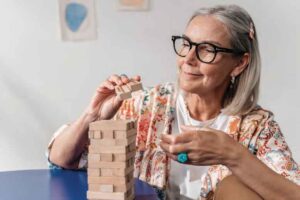
We hear it all the time: “I am retired! I don’t have an occupation anymore, so why would I need OT?” You might be retired – Congratulations, by the way! – but OT can still be beneficial. While you may not have a 9-5 pm job that takes you out of the home anymore, there are many daily activities that feed into vocational wellness.
Vocational wellness includes any work that utilizes someone’s skills, while also providing personal satisfaction. This might include participating in the paid (or unpaid) workforce, being an experienced professional in a certain field, caregiver, mentor, teacher, or volunteer. Having your vocational wellness cup filled is something OT can help with!
One of the goals of OT is to promote independence and functional abilities – so it’s NOT just about your occupation. Perhaps you are passionate about volunteering or helping to teach someone a new language. Did you know OT can support you in those endeavors? Here are just a few of the ways OT can help.

Fine Motor Skills – maintain dexterity and improve grip strength. Make things like sewing, cleaning, or handwriting easier.
Visual Assistance – Perform at the top of your abilities by learning about assistance for visual challenges.
Environmental Modifications – Is your home as safe as possible? What about where you travel to volunteer, participate in group activities, etc.? OT can help with environmental modifications to help you stay safe.

Assistive Devices and Adaptive Equipment – Did you know simple devices exist, like grab bars and reacher tools, to help make tasks easier to complete? There are also more complex resources, such as voice-activated technology, to help with making lists, medication reminders, etc.
To thrive and be as independent as possible for as long as possible is ALWAYS the goal, no matter what stage of life you are in. For more information on occupational therapy and how it can benefit you , please contact the Functional Pathways Therapy Team.
Medicine adds days to lives, occupational therapy adds life to days.”




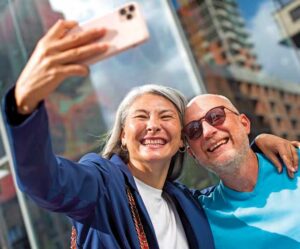





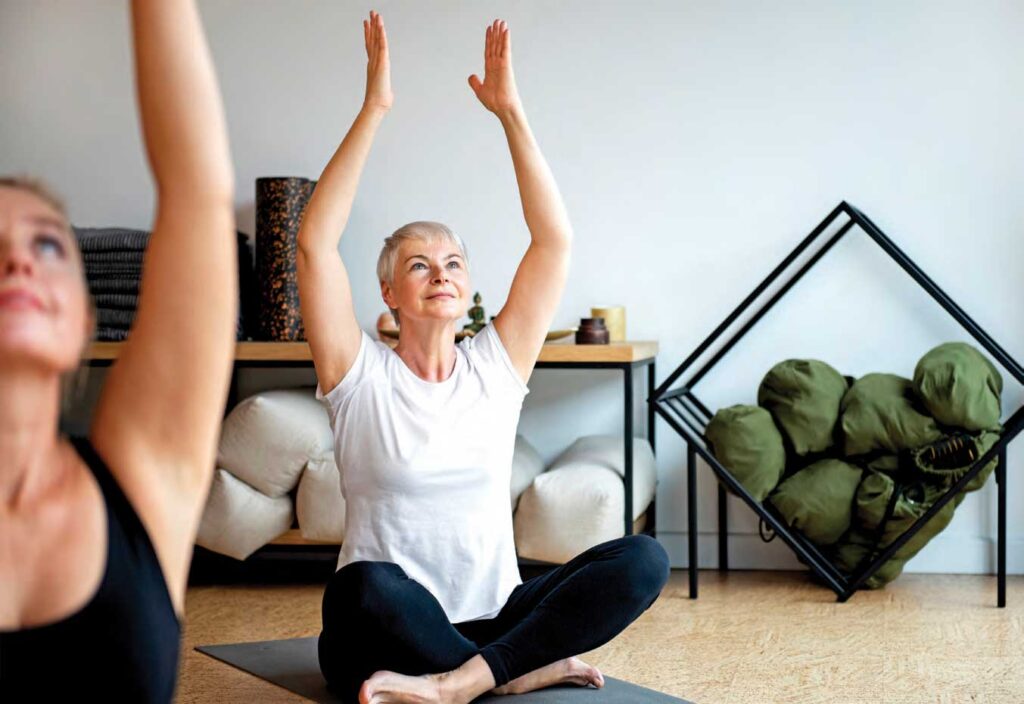
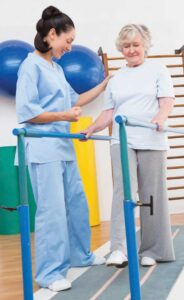
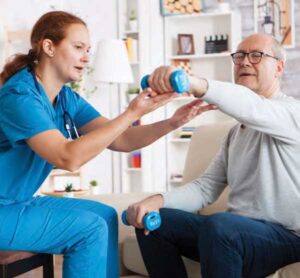
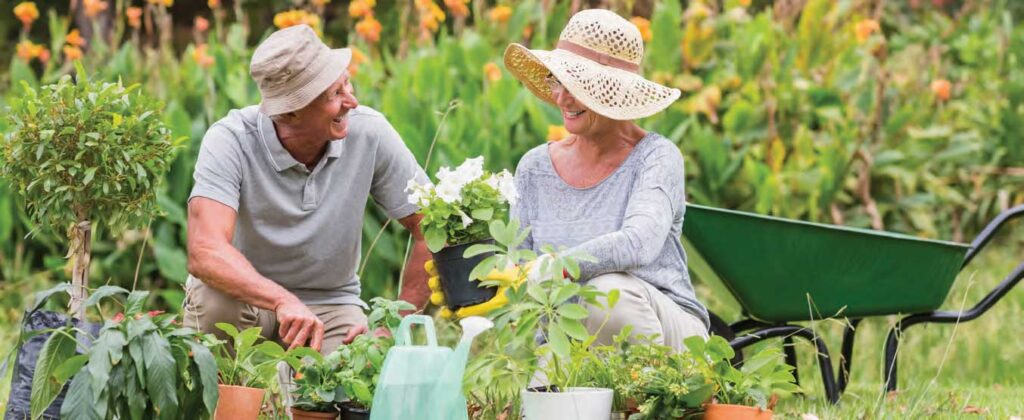
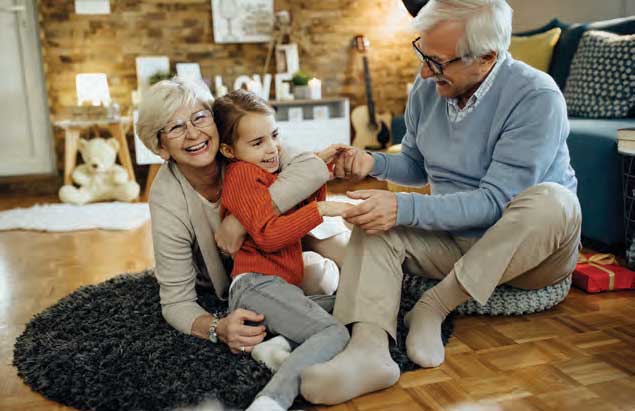





 © 2025 Kirby Pines LifeCare Community. All Rights Reserved |
© 2025 Kirby Pines LifeCare Community. All Rights Reserved | 